Reebok 2014 Annual Report Download - page 97
Download and view the complete annual report
Please find page 97 of the 2014 Reebok annual report below. You can navigate through the pages in the report by either clicking on the pages listed below, or by using the keyword search tool below to find specific information within the annual report.-
 1
1 -
 2
2 -
 3
3 -
 4
4 -
 5
5 -
 6
6 -
 7
7 -
 8
8 -
 9
9 -
 10
10 -
 11
11 -
 12
12 -
 13
13 -
 14
14 -
 15
15 -
 16
16 -
 17
17 -
 18
18 -
 19
19 -
 20
20 -
 21
21 -
 22
22 -
 23
23 -
 24
24 -
 25
25 -
 26
26 -
 27
27 -
 28
28 -
 29
29 -
 30
30 -
 31
31 -
 32
32 -
 33
33 -
 34
34 -
 35
35 -
 36
36 -
 37
37 -
 38
38 -
 39
39 -
 40
40 -
 41
41 -
 42
42 -
 43
43 -
 44
44 -
 45
45 -
 46
46 -
 47
47 -
 48
48 -
 49
49 -
 50
50 -
 51
51 -
 52
52 -
 53
53 -
 54
54 -
 55
55 -
 56
56 -
 57
57 -
 58
58 -
 59
59 -
 60
60 -
 61
61 -
 62
62 -
 63
63 -
 64
64 -
 65
65 -
 66
66 -
 67
67 -
 68
68 -
 69
69 -
 70
70 -
 71
71 -
 72
72 -
 73
73 -
 74
74 -
 75
75 -
 76
76 -
 77
77 -
 78
78 -
 79
79 -
 80
80 -
 81
81 -
 82
82 -
 83
83 -
 84
84 -
 85
85 -
 86
86 -
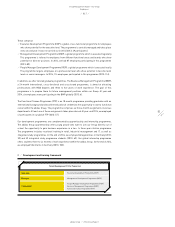 87
87 -
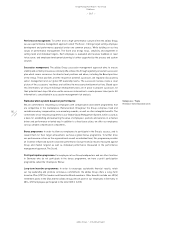 88
88 -
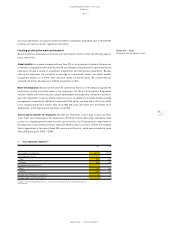 89
89 -
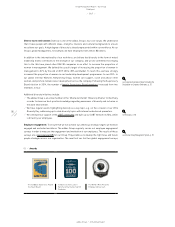 90
90 -
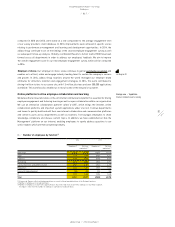 91
91 -
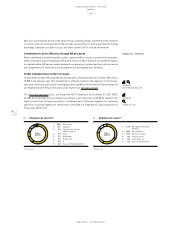 92
92 -
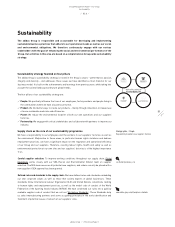 93
93 -
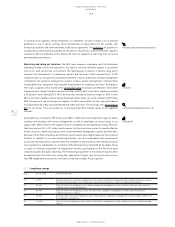 94
94 -
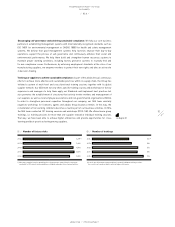 95
95 -
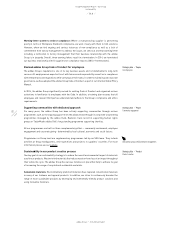 96
96 -
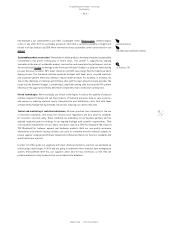 97
97 -
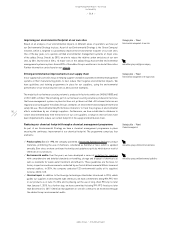 98
98 -
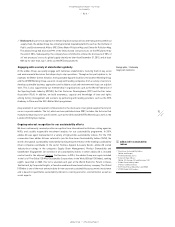 99
99 -
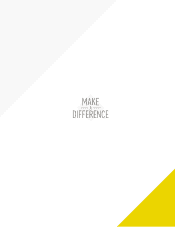 100
100 -
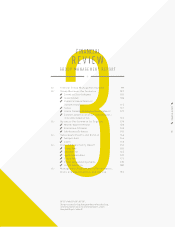 101
101 -
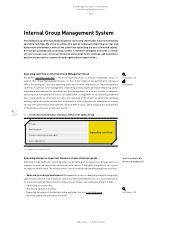 102
102 -
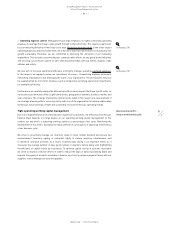 103
103 -
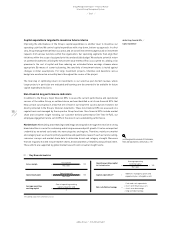 104
104 -
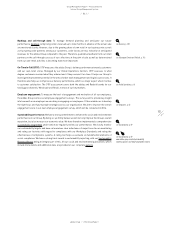 105
105 -
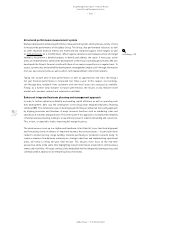 106
106 -
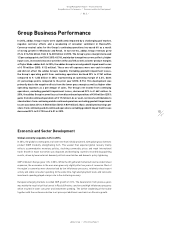 107
107 -
 108
108 -
 109
109 -
 110
110 -
 111
111 -
 112
112 -
 113
113 -
 114
114 -
 115
115 -
 116
116 -
 117
117 -
 118
118 -
 119
119 -
 120
120 -
 121
121 -
 122
122 -
 123
123 -
 124
124 -
 125
125 -
 126
126 -
 127
127 -
 128
128 -
 129
129 -
 130
130 -
 131
131 -
 132
132 -
 133
133 -
 134
134 -
 135
135 -
 136
136 -
 137
137 -
 138
138 -
 139
139 -
 140
140 -
 141
141 -
 142
142 -
 143
143 -
 144
144 -
 145
145 -
 146
146 -
 147
147 -
 148
148 -
 149
149 -
 150
150 -
 151
151 -
 152
152 -
 153
153 -
 154
154 -
 155
155 -
 156
156 -
 157
157 -
 158
158 -
 159
159 -
 160
160 -
 161
161 -
 162
162 -
 163
163 -
 164
164 -
 165
165 -
 166
166 -
 167
167 -
 168
168 -
 169
169 -
 170
170 -
 171
171 -
 172
172 -
 173
173 -
 174
174 -
 175
175 -
 176
176 -
 177
177 -
 178
178 -
 179
179 -
 180
180 -
 181
181 -
 182
182 -
 183
183 -
 184
184 -
 185
185 -
 186
186 -
 187
187 -
 188
188 -
 189
189 -
 190
190 -
 191
191 -
 192
192 -
 193
193 -
 194
194 -
 195
195 -
 196
196 -
 197
197 -
 198
198 -
 199
199 -
 200
200 -
 201
201 -
 202
202 -
 203
203 -
 204
204 -
 205
205 -
 206
206 -
 207
207 -
 208
208 -
 209
209 -
 210
210 -
 211
211 -
 212
212 -
 213
213 -
 214
214 -
 215
215 -
 216
216 -
 217
217 -
 218
218 -
 219
219 -
 220
220 -
 221
221 -
 222
222 -
 223
223 -
 224
224 -
 225
225 -
 226
226 -
 227
227 -
 228
228 -
 229
229 -
 230
230 -
 231
231 -
 232
232 -
 233
233 -
 234
234 -
 235
235 -
 236
236 -
 237
237 -
 238
238 -
 239
239 -
 240
240 -
 241
241 -
 242
242 -
 243
243 -
 244
244 -
 245
245 -
 246
246 -
 247
247 -
 248
248 -
 249
249 -
 250
250 -
 251
251 -
 252
252 -
 253
253 -
 254
254 -
 255
255 -
 256
256 -
 257
257 -
 258
258 -
 259
259 -
 260
260 -
 261
261 -
 262
262 -
 263
263 -
 264
264 -
 265
265 -
 266
266 -
 267
267 -
 268
268
 |
 |
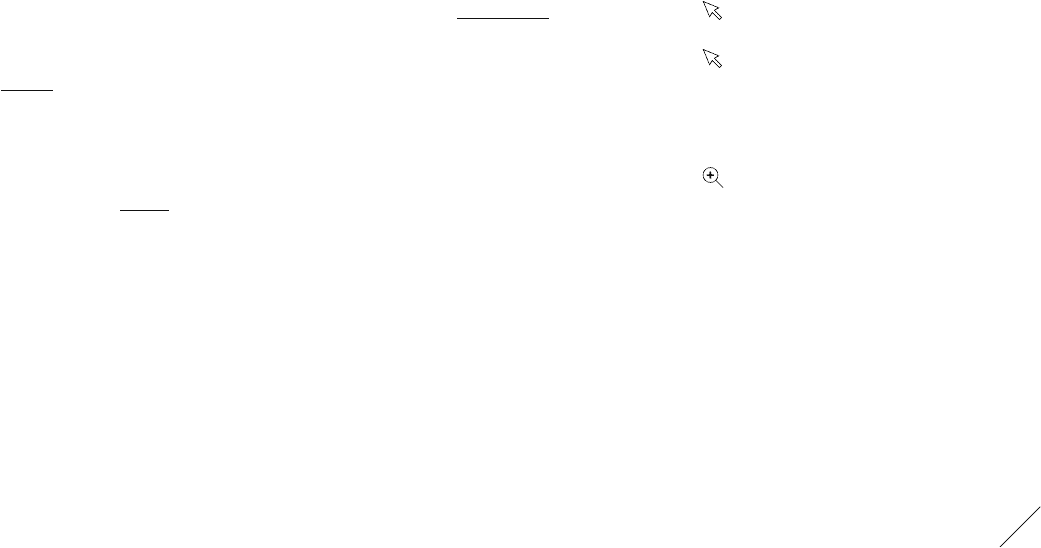
adidas Group
/
2014 Annual Report
Group Management Report – Our Group
93
2014
Sustainability
/
02.8
/
One example is our commitment to use 100% ‘sustainable cotton’ (Better Cotton, certified organic
cotton or any other form of sustainably produced cotton that is currently available or might be in
future) in all our products by 2018. More information about sustainable cotton can be found on our
website.
Sustainable product construction: The number of adidas products that have integrated sustainability
considerations has grown continuously in recent years. This growth is supported by ongoing
innovation in the area of sustainable product construction and manufacturing techniques, such as
the revolutionary DryDye technology or the low-waste initiative. DryDye is a polyester fabric dyeing
process that uses no water, 50% fewer chemicals and 50% less energy than the traditional fabric
dyeing process. The low-waste initiative produces footwear with fewer parts, recycled materials
and maximum pattern efficiency, aiming to reduce material waste. For example, in footwear, we
took on the challenge of creating a performance shoe with the least amount of waste possible. The
result was the Element Voyager, a streamlined, simplified running shoe that reached 95% pattern
efficiency in the upper and contains 60% fewer components than a traditional running shoe.
Virtual technologies: We increasingly use virtual technologies to reduce the quantity of physical
samples required to design and sell new products. Virtualising processes help us save resources
and money by reducing material waste, transportation and distribution costs. And with fewer
samples being transported by airfreight, we are also reducing our carbon emissions.
Control and monitoring of restricted substances: We have specified clear standards for the use
of restricted substances that follow the strictest local regulations and best practice standards
for consumer care and safety. These standards are mandatory for all business partners and are
updated regularly based on findings in our ongoing dialogue with scientific organisations. They
cover general requirements for eco-labels and green seals (e.g. ÖKO-Tex Standard 100, Toxproof
TÜV Rheinland) for footwear, apparel and hardware products. Both our own quality assurance
laboratories and external testing institutes are used to constantly monitor material samples to
ensure supplier compliance with these requirements. Materials that do not meet our standards and
specifications are rejected.
In order to further guide our suppliers with input chemical chemistry selection, we partnered up
with bluesign technologies in 2014 and are going to implement their chemical data management
system, the bluefinder. With this, our suppliers select best-in-class chemicals, so that they can
produce materials using chemicals that are included in the database.
www.bettercotton.org
www.adidas-group.com/s/product-materials
see Glossary, p. 258
